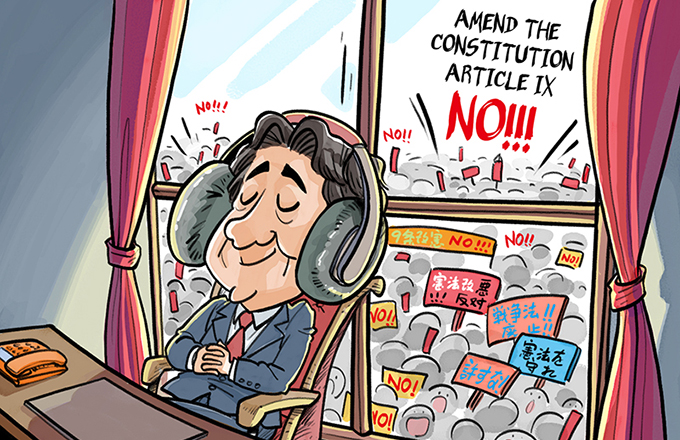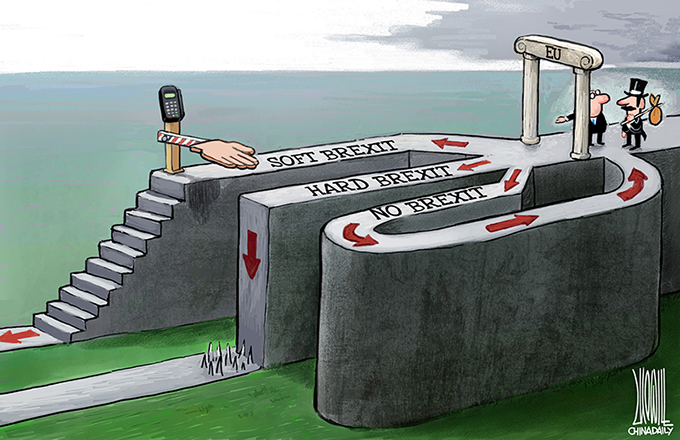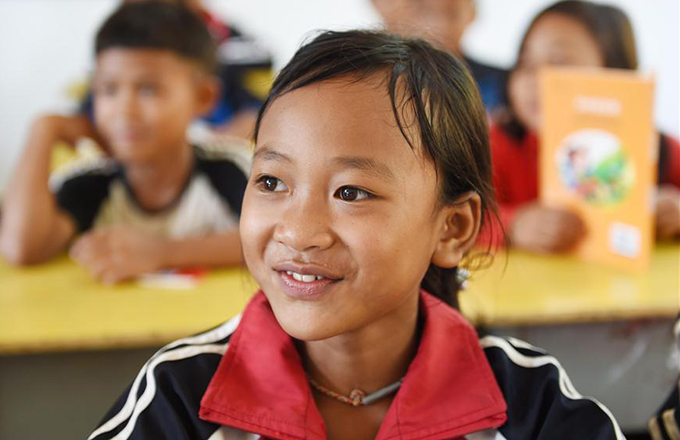How education fund is used is a question that calls for attention
FOR THE FIRST TIME, China's expenditure on education exceeded 3 trillion yuan ($460 billion) last year, accounting for 4.22 percent of GDP, according to a joint statement by the Ministry of Education, the National Bureau of Statistics and the Ministry of Finance. Southern Metropolis Daily commented on Friday:
For five consecutive years the share of China's education spending in GDP has stayed above 4 percent, an indicator of consistency in education spending. Albeit the average figure in wealthy nations, such as the United States and Japan was 4.8 percent of their GDP in 2001, China is catching up fast.
With China crossing the 4 percent threshold, the focus now shifts to whether the money is efficiently used. Progress has been made in leveling the playing field for schools at all levels and narrowing the gap between rural and urban education.
The spending on compulsory education last year accounted for more than 52 percent of the total spending. Primary schools, junior high schools, senior high schools and vocational schools saw a steeper year-on-year increase in spending than universities, which used to receive the bulk of the funds spent on education.
The structural change in the distribution of the education fund is in line with the people-centered governance and people's expectations. In his report at the 19th National Congress of the Communist Party of China last month, General Secretary Xi Jinping pledged to promote the coordinated development of compulsory education in urban and rural areas, while giving particular attention to rural areas. He also highlighted the need to improve preschool education and make efforts to ensure that each and every child has fair access to good education.
Higher education providers such as universities have multiple financing channels and are more financially capable than schools, which basically rely on government funds. Offering more financial support to basic education, particularly to preschool education is a step that has to be made.
Also promising is the fact that last year over half the education spending went to rural areas in Central and West China, where a great number of students still lack access to quality education.



















